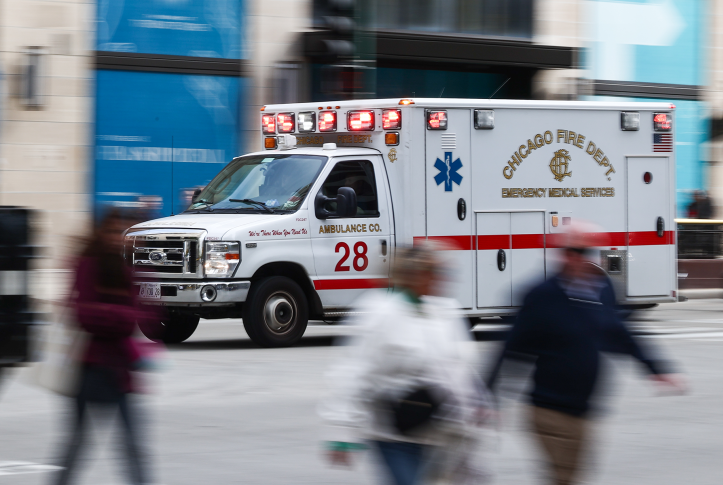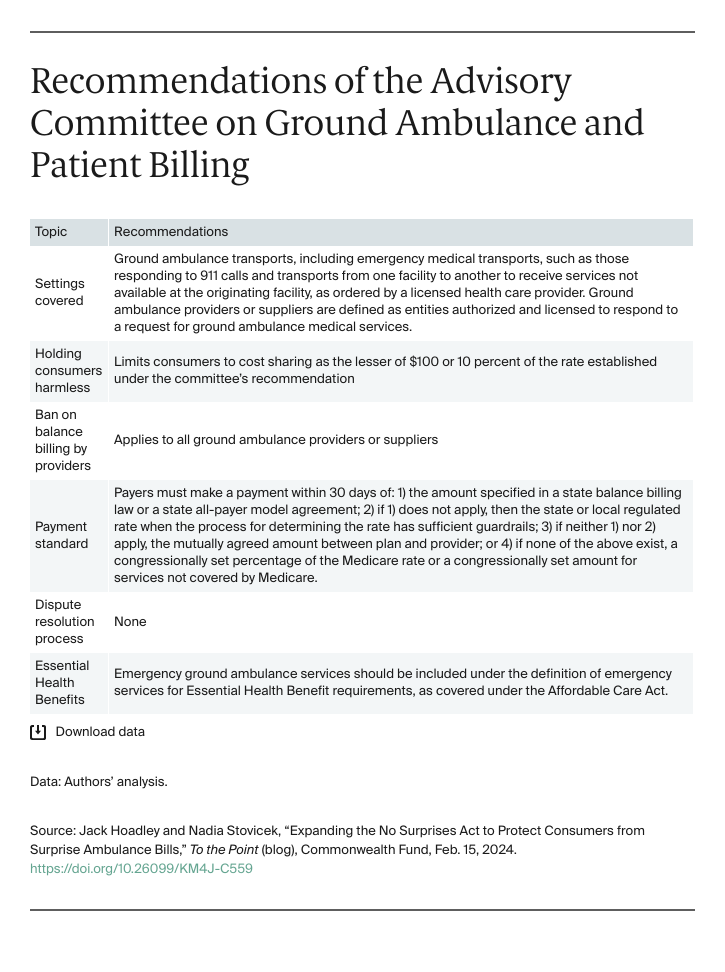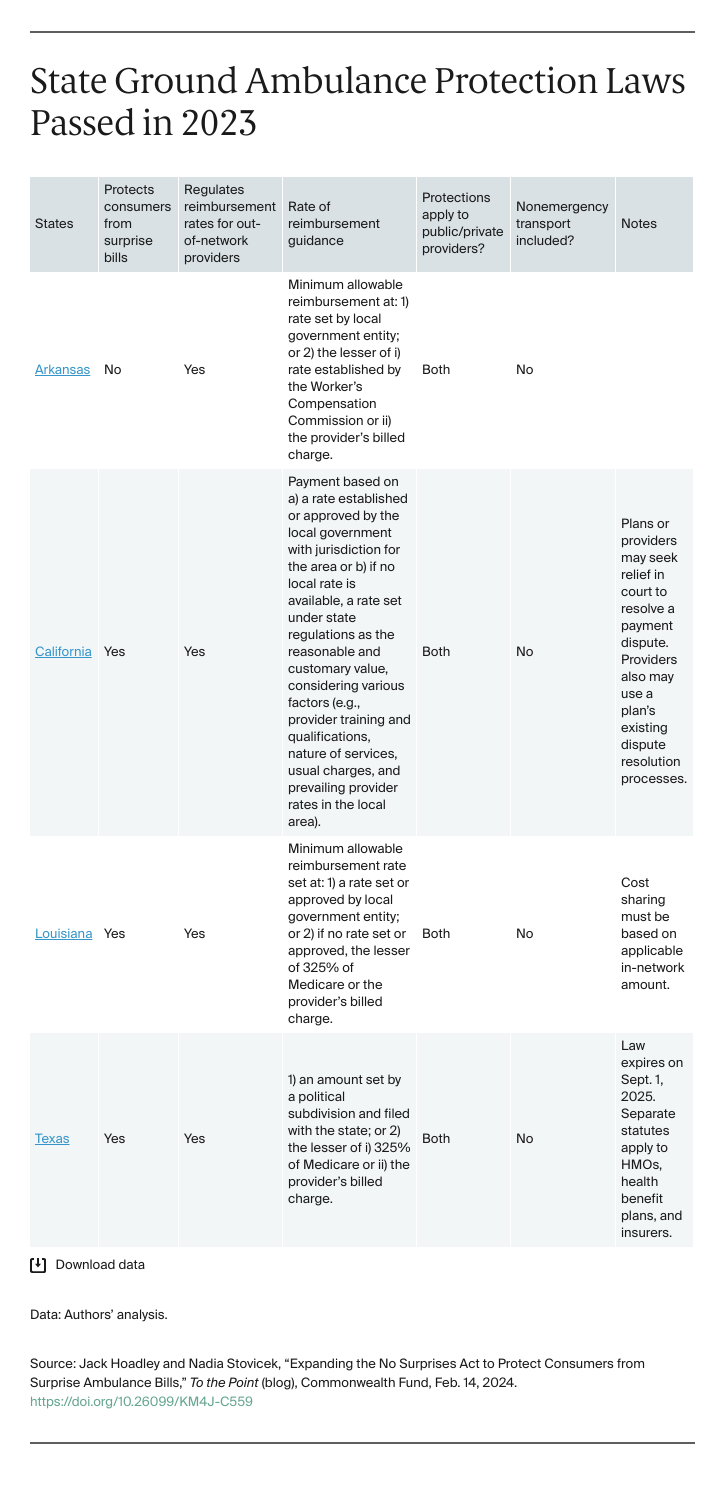Late last year, the Advisory Committee on Ground Ambulance and Patient Billing (GAPB committee) — created as part of the No Surprises Act (NSA) — approved recommendations to federal policymakers for protecting consumers from surprise billing for ground ambulance services. While the NSA protects consumers from many of the most prevalent forms of surprise balance billing by out-of-network providers and facilities in emergency room, air ambulance, and in-network hospital settings, it does not cover ground ambulances. Federal lawmakers decided not to include them in the NSA because of the varied types of ground ambulance services, existing local and state regulations, and a lack of cost data.
It is a pressing issue — an estimated 28 percent of privately insured ambulance rides could result in surprise bills because of ambulance providers being out of network and insurers not paying the full charges. The average surprise bill for private sector transports was $734 with cost sharing of $260; this is somewhat lower for public sector transports.
Fourteen states have enacted ground ambulance surprise billing laws before and after the passage of the NSA — including four this year — but federal action is needed to provide comprehensive protection. Fewer than a third of states have protections in place, and states lack the authority to regulate all types of health insurance — specifically, self-funded employer-sponsored insurance where 65 percent of workers in the U.S. get their coverage.
GAPB Committee Recommendations
The GAPB committee is composed of advocates from insurance, government, consumers, and emergency medical services. The committee began meeting in May 2023 and heard testimony from experts in the field and received public input. The committee proposed recommendations for Congress that would protect consumers from surprise bills for emergency ground ambulance services, including interfacility transports. The committee also approved payment standards for providers delivering out-of-network services.



